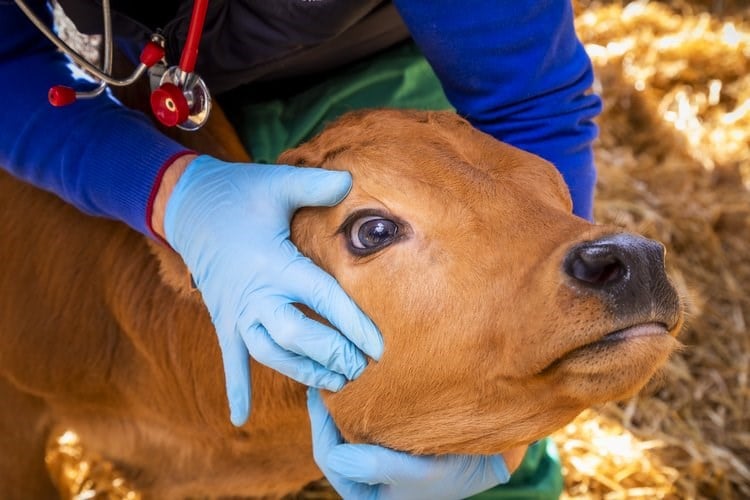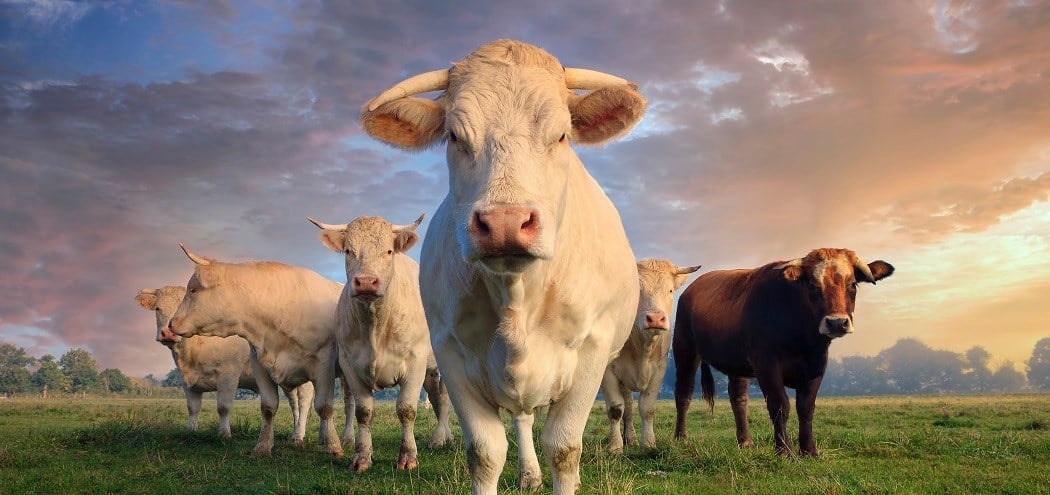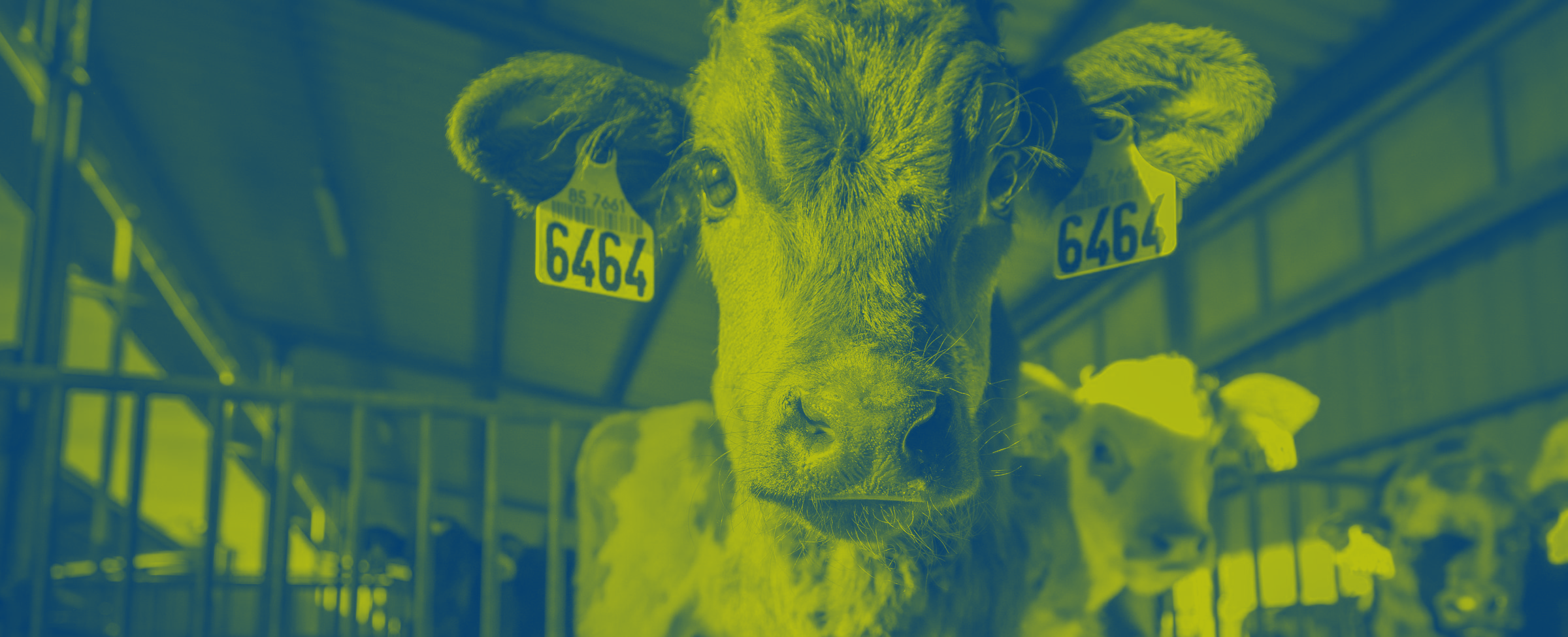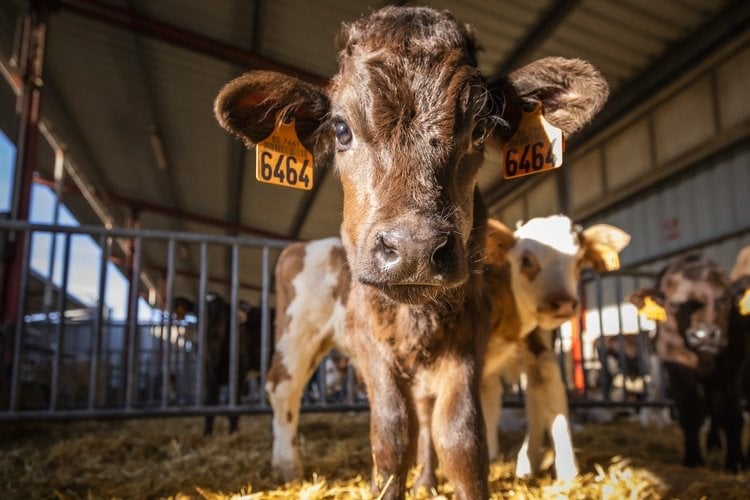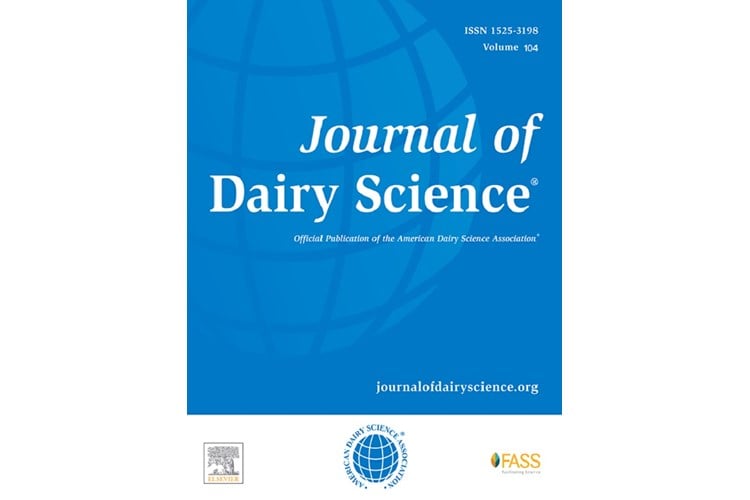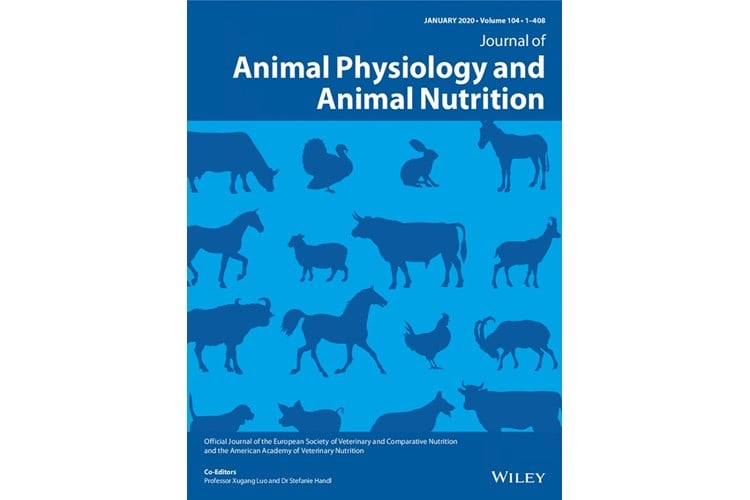Hypernatremia in diarrheic calves associated with oral electrolyte administration in water and milk replacer in absence of access to water
A major goal in treatment of calves with diarrhea is to restore hydration and to correct metabolic acidosis. This can be achieved by the administration of oral electrolyte solutions (OES). However, the composition of OES products and the administration protocols in practice vary widely, which can potentially compromise the efficacy and safety of these treatments. In particular, administration of OES in milk replacer (MR) and the absence of water supply in young calves are not unusual and these conditions could compromise calf health. In this light, the objective of this study was to evaluate the efficacy and safety of OES administered in MR and in water without access to water. Forty-five male Holstein calves (16.6 ± 1.6 d of age and 45.4 ± 2.2 kg at arrival) were purchased from a collection center located in the Netherlands. After arrival, calves went through an adaptation period of 4 d. Calves that developed diarrhea within 6 d after the end of the adaptation period were enrolled in the study, and the remaining calves were sold after being weaned. Upon morning detection of abnormal fecal scores (d 1 starting point), calves were blocked based on initial BW. Within each block, calves were randomly assigned to 1 of 2 treatments, including a control consisting of a small dose of whey (CON; n = 12) and an OES treatment (OES; n = 14). Treatments were blinded to the farm staff by randomly assigning a letter to each treatment. Treatments were simultaneously administered for 4 d in MR (2.5 L at 0800 and 1730 h) and in water (3 L at 1300 and 2200 h). Calves had no supplemental access to plain water. Blood samples were taken at 0600 h for 4 d, and fecal scores (0 = normal; 1 = watery feces) were assessed daily at 0900 h for 15 consecutive days. Additionally, skin turgor and degree of enophthalmos were assessed at 1000 h from d 1 to 4 using a 3-level scoring system. Calves fed OES had a higher prevalence of diarrhea on d 3, 4, and 5 as well as higher prevalence of delayed skin turgor and increased degree of enophthalmos over the 4 monitoring days. Diarrhea duration was longer in calves receiving OES than in calves receiving CON (4.2 d vs. 2.1 d, respectively). The OES treatment resulted in hypernatremia (serum Na+ >145 mmol/L) within 48 h after the first OES administration. Hypernatremia was linked with higher serum Cl− and urea concentrations and thus higher serum osmolarity in OES calves compared with CON calves. Administered under these conditions, OES resulted in various degrees of hypernatremia and a delayed recovery from diarrhea, thus defeating the purpose of OES administration.
